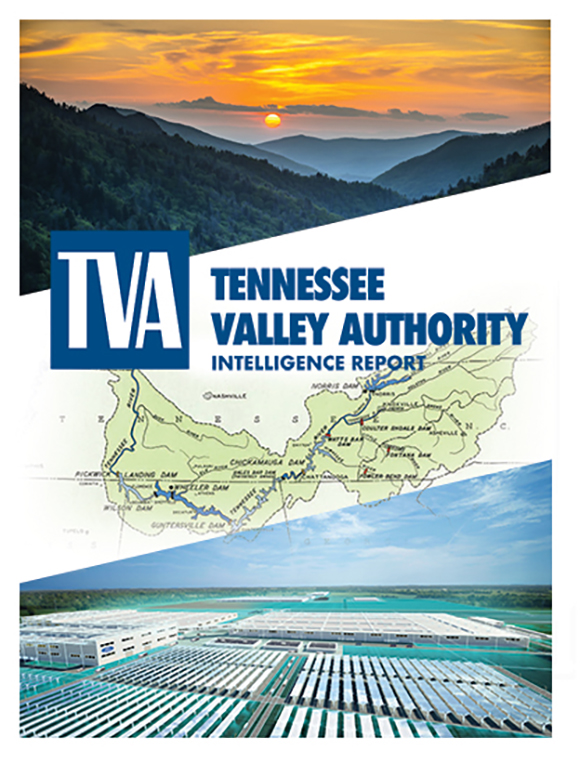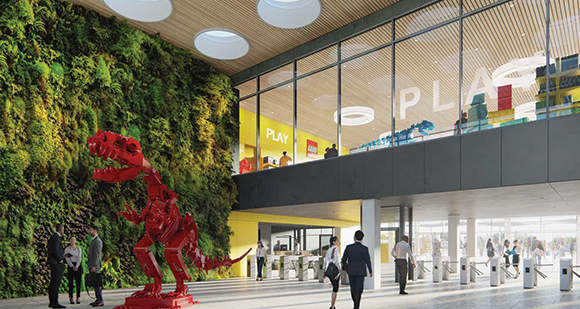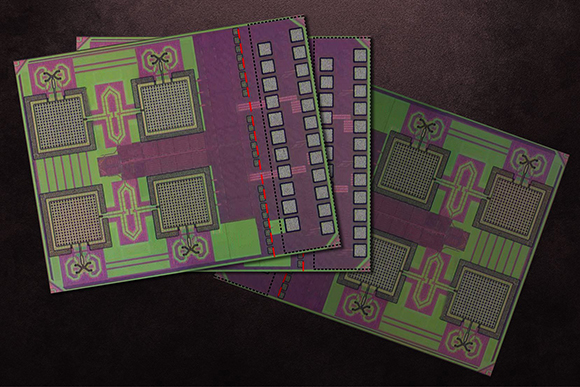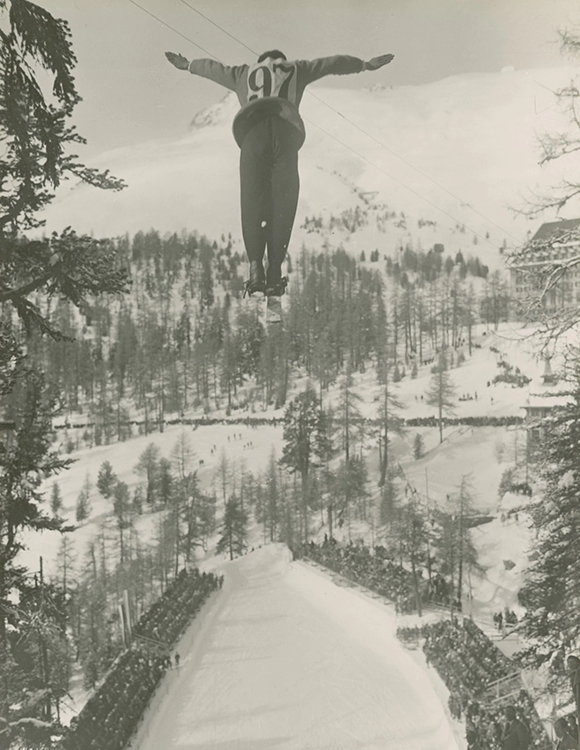|
  
|
FROM SITE
SELECTION MAGAZINE, JANUARY 2022 ISSUE
|
 |
TVA INTELLIGENCE REPORT
In a sequel to last year’s TVA Intelligence Report about
TVA stakeholders preparing the way for electric vehicles, we take a
close look at how TVA and its partners helped bring Ford’s $5.6
billion BlueOval City project to the region; how communities are
linking together an electrified ecosystem; and the role played in
all of the above by Oak Ridge National Laboratory.
|
|
 |
NEWS DIGEST
A grab bag of global news documents UNCTAD’s trade update; LEGO’s
big plans in Vietnam; the smart factory projects of Finnish building
construction firm ADMARES in the Middle East and beyond; Dana’s
project in Åmål, Sweden; Ford’s Thailand plant modernization; and
where to find (or avoid) the world’s most expensive office space.
|
|

|
WORKFORCE INITIATIVES
The federal government’s $3 billion initiative aims to help
communities recover and improve after the pandemic.
|
|
 |
LOGISTICS
E-commerce workforce demands are being met through innovative,
digital logistics certifications.
|
|
Sweden
Volvo Cars and Northvolt last week announced their selection of
Gothenburg, Sweden, for a new battery manufacturing “Gigafactory”
that will “commence operations in 2025, create up to 3,000 jobs and
complement the planned R&D center that both companies announced in
December as part of an investment of approximately SEK 30 billion
[nearly US$3.3 billion]. Volvo plans to sell only fully electric
cars by 2030. The new plant will have potential annual battery cell
production capacity of 50 gigawatt hours (GWh), which would supply
batteries for approximately half a million cars per year. “The
Swedish location of the plant, which will be built in Torslanda,
Gothenburg, offers benefits in terms of a direct route into Volvo
Cars’ largest car plant, access to infrastructure, a strong pipeline
of renewable energy supply and relevant job competences, as well as
its proximity to both Volvo Cars’ and Northvolt’s R&D units,” the
companies said. Large scale recruitment of operators and technicians
will begin late 2023.
New Jersey
India’s Tata Consultancy Services (TCS) last week committed to an
expansion in Edison, New Jersey, that will see the global IT
services and consulting company hire nearly 1,000 additional
employees by the end of 2023, according to Choose New Jersey. The
company also committed to grow the reach of its STEM and computer
science teacher training and student education programs in New
Jersey by 25%. “Our economic mission trip to India in 2019 continues
to bear fruit as we have seen deep investments from Indian companies
in our state,” said New Jersey Governor Phil Murphy. The Edison site
is one of 30 TCS operates in the U.S. The company already employs
more than 3,700 in the state. The company says it has been “among
the top two U.S. recruiters of IT services talent, hiring more than
21,500 employees in the past five years.” A Part of the Tata group,
India’s largest multinational business group, TCS employs more than
556,000 consultants in 46 countries.
|
|
  |
|
2021 GEORGIA
ECONOMIC DEVELOPMENT GUIDE
|

|
QUALITY OF LIFE
Seven reasons to enjoy life in the Peach State.
|
|
|
SITE
SELECTION RECOMMENDS
|

|
This image shows the CMOS THz-ID , a collaboration between Professors
Ruonan Han and Anantha P. Chandrakasan of MIT. |
|
Image courtesy of researchers, edited by MIT News |
|
|
Federal officials late last week hailed the U.S. House of
Representatives’ passage of the America Competes Act to rebuild the
domestic semiconductor manufacturing industry, not long after a
survey by the U.S. Department of Commerce found that “the median
inventory of semiconductor products highlighted by buyers fell from
40 days in 2019 to less than five days in 2021 — putting American
manufacturers at severe risk of shutdowns.” Just as crucial to the
industry as today’s supply is R&D focused on tomorrow: MIT
researchers in January released a strategy outlining the role of
universities in helping the U.S. “regain its place as a
semiconductor superpower.”
“We are already in a situation where we are not producing enough
engineers at all levels for the semiconductor industry, and we are
talking about a major expansion. So, it just doesn’t add up,” said
Jesús del Alamo, the Donner Professor in MIT’s Department of
Electrical Engineering and Computer Science (EECS) and the leading
author of the white paper. “If we want to provide the workforce for
this major expansion, we need to engage more students.”
|
|

|
In an online exhibit called “Nostalgia” that is
part of the International Olympic Committee’s Agora program
supporting links between the Olympic Games, culture and the arts, a
curated selection of rare photographs from the archives of the
Olympic Foundation for Culture and Heritage is on public display for
the first time. The exhibit includes images from the first winter
competitions in London in 1908 to Grenoble in 1968. Among the eight
venues used for the 1948 Games in St. Moritz, Switzerland, five were
legacy structures from St. Moritz 1928, including this ski jumping
venue.
|
|
|
|

